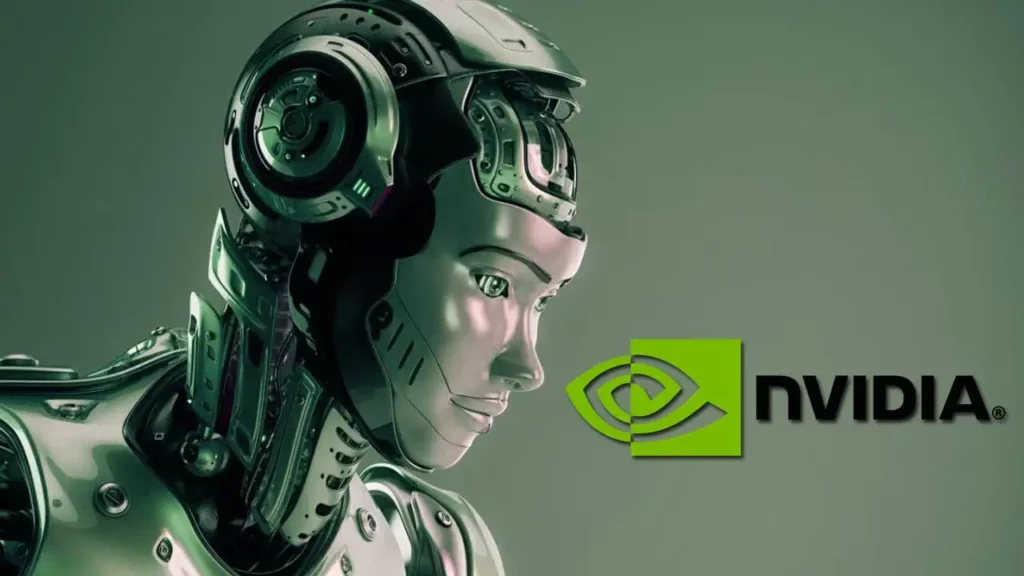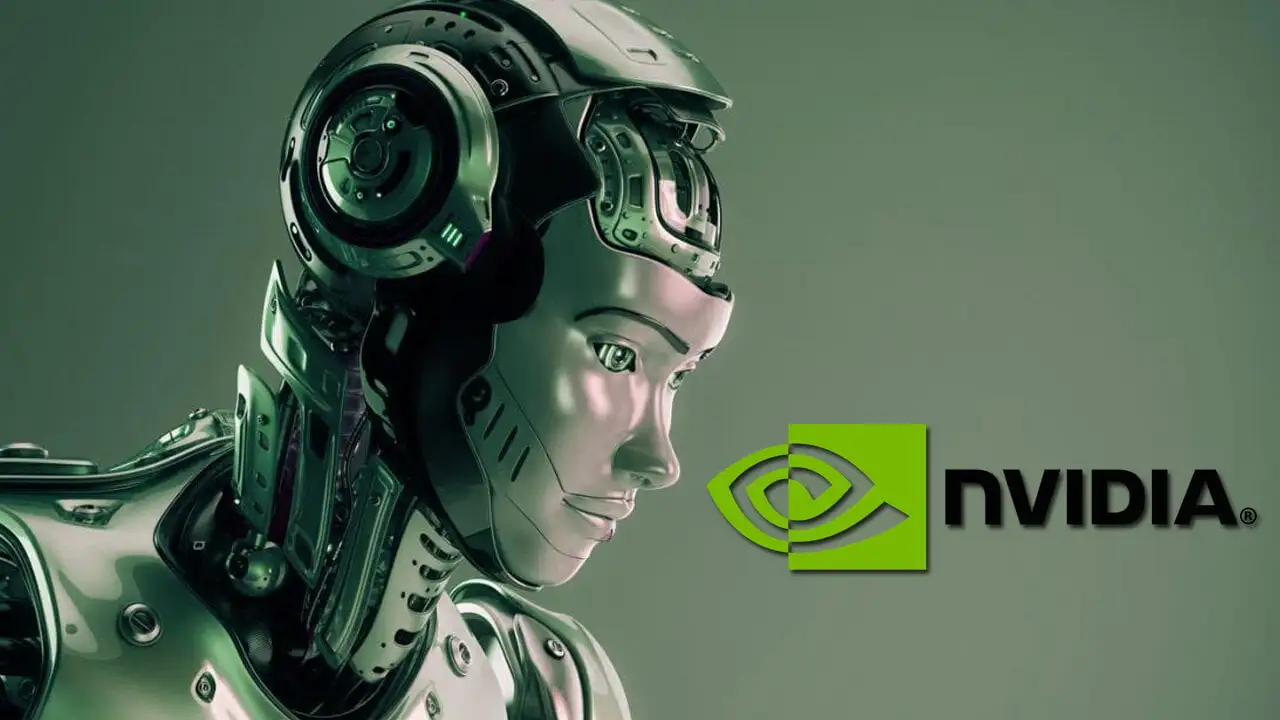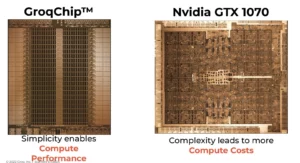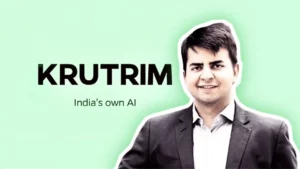
Introduction
NVIDIA, a leader in AI computing, offers a range of free courses designed to empower learners with cutting-edge knowledge and skills. Let’s dive into the wealth of learning opportunities available through NVIDIA’s free AI courses and explore how they can shape the future of AI education.
Follow us on Linkedin for everything around Semiconductors & AI
Generative AI Explained
Generative AI, or GenAI, represents a transformative branch of artificial intelligence focused on creating new, original content across various media types. It operates on the principle of learning from vast amounts of unlabeled data—such as texts, images, and sounds—to produce novel content that mirrors human-like creativity and complexity.
At the core of Generative AI are neural network models that discern patterns within the training data. These models, including Large Language Models (LLMs), Generative Adversarial Networks (GANs), and Variational Autoencoders (VAEs), are adept at predicting outcomes or generating new creations that resemble human actions or designs.
The course “Generative AI Explained” provides an in-depth understanding of these technologies, equipping learners with the knowledge to harness the power of GenAI for innovative applications. It explores the intricacies of how these AI models are trained, the underlying mathematics, and the computational power required to create content that can rival human ingenuity.
Course Link
Building A Brain in 10 Minutes
The course “Building A Brain in 10 Minutes” is an educational resource that encapsulates the swift progress in the field of artificial intelligence, particularly in the development of neural networks. Neural networks are computational models inspired by the human brain’s interconnected network of neurons. They are fundamental to AI’s ability to process information and make decisions.
By using hands-on exercises, the course demonstrates the practical aspects of building neural networks, such as image classification tasks using popular datasets like Fashion MNIST. Participants learn through trial and error, much like the learning technique neural networks employ, enhancing their understanding of the concepts taught.
Course Link
Augment your LLM with Retrieval Augmented Generation
The course “Augment your LLM with Retrieval Augmented Generation” focuses on a cutting-edge technique in AI development that significantly enhances the capabilities of large language models (LLMs). This technique, known as Retrieval Augmented Generation (RAG), involves supplementing the knowledge base of an LLM with external data sources.
Here’s how it works: When an LLM is asked a question or given a prompt, it typically generates a response based on the information it was trained on. However, this information can become outdated or may not cover every possible query. RAG addresses this limitation by actively retrieving up-to-date or relevant information from external databases or the internet at the time of the query.
The course likely covers the technical aspects of implementing RAG, such as how to integrate external data sources with an LLM, how to ensure the retrieved information is relevant, and how to combine this information with the LLM’s existing knowledge to generate a response. It’s a powerful way to keep LLMs current and highly functional in dynamic fields where new information is constantly emerging.
Course Link
AI in the Data Center
The course “AI in the Data Center” focuses on the increasing complexity of AI applications. It highlights the need for advanced data center infrastructure to support these applications. As AI systems advance, they demand more powerful computing resources. They also require efficient data storage solutions and robust networking capabilities. These elements are crucial for AI systems to function effectively.
This course explores the role of AI in enhancing data center operations. It focuses on how AI can manage and optimize various aspects of data center functionality. The course covers topics such as the use of machine learning algorithms. It also covers the prediction and prevention of hardware failures using AI. Additionally, it discusses the deployment of AI for energy efficiency. Moreover, the course addresses the implementation of intelligent automation for routine tasks in data centers.
Course Link
Streamlining Data Analysis
This course presents an innovative approach to data science. The focus is on enhancing the efficiency of data workflows. It does not require users to write or alter code. This approach is particularly appealing for data professionals. They may not have extensive coding expertise. Still, they wish to utilize advanced data processing techniques.
By taking this course, participants can learn how to apply GPU-accelerated libraries to their data science projects. This can reduce the time needed for data processing and analysis. The course might also cover the RAPIDS ecosystem, which offers open-source software libraries for executing data science pipelines on GPUs.
Course Link
Mastering Recommender Systems
“Mastering Recommender Systems” is a course tailored for those interested in the field of digital marketing and e-commerce, where predicting consumer behavior is crucial for success.
The course likely covers a range of topics, including the following:
- Fundamentals of Recommender Systems: Understanding the basic concepts and the importance of recommender systems in the digital marketplace.
- Data Handling and Analysis: Learning how to manage and analyze user data to discern patterns that inform recommendation strategies.
- Algorithm Development: Delving into the various algorithms used for making recommendations, such as collaborative filtering and content-based filtering.
- Personalization Techniques: Exploring ways to tailor recommendations to individual users to improve engagement and satisfaction.
- Practical Applications: Applying the knowledge gained to real-world scenarios, possibly through case studies or hands-on projects.
By the end of the course, participants should be able to design and implement recommender systems that can effectively curate personalized suggestions, thereby enhancing the user experience and potentially increasing sales for businesses.
Course Link
Networking Introduction
The “Networking Introduction” course is designed to provide a foundational understanding of networking in our increasingly connected world. It’s essential for anyone looking to build or manage modern network infrastructures, which are the backbone of communication and data exchange in both personal and professional settings.
This course likely covers a broad range of topics, including:
- Basic Concepts of Networking: Understanding what a network is, why it’s needed, and the various types of networks (LAN, WAN, MAN).
- Networking Components: Learning about the different components that make up a network, such as routers, switches, hubs, and firewalls.
- Networking Models and Protocols: Introducing the OSI model and the TCP/IP protocol suite, which are crucial for the design and operation of networks.
Course Link
Perform Large-Scale Image Classification
The course “How to Perform Large-Scale Image Classification” is a specialized training program. It addresses the challenge of classifying vast amounts of image data accurately. In the realm of computer vision, image classification is the process of categorizing and labeling groups of pixels or vectors within an image. This categorization is based on specific rules. Given the exponential growth of visual data, automating this process at scale is crucial. It is crucial for various applications, from social media photo tagging to medical imaging diagnostics.
This course likely covers the following key areas:
- Classical Approaches to Image Classification: Understanding the foundational methods and algorithms that have historically been used in image classification tasks.
- Validation Strategies: Learning how to effectively validate and measure the performance of image classification models to ensure their accuracy and reliability.
- Model Architecture: Exploring different neural network architectures that are suitable for image classification, such as Convolutional Neural Networks (CNNs).
The course is designed for data scientists, machine learning practitioners, and anyone interested in deep learning for computer vision. It provides practical insights into large-scale image classification, drawing on real-world competitions such as the Google Landmark Recognition challenge.
Course Link
Building RAG Agents with LLMs
The course “Building RAG Agents with LLMs” is an advanced workshop. It’s designed to teach participants how to create intelligent agents. These agents use Retrieval Augmented Generation (RAG) with Large Language Models (LLMs). They can retrieve information from vast datasets. They are also capable of generating informed responses. This makes them highly effective for various applications. These applications range from customer service to research assistance.
By the end of the workshop, participants should be able to design and implement their own RAG agents. These agents can interact predictably with users. They can also handle complex queries by leveraging both internal reasoning and external data sources.
Course Link
Conclusion
The courses highlighted here represent just a glimpse of the vast ocean of knowledge available to those willing to dive in. They are not merely educational resources but gateways to a future brimming with possibilities. As AI and networking continue to redefine our world, these courses stand as beacons, guiding us through the complexities of the digital age.




